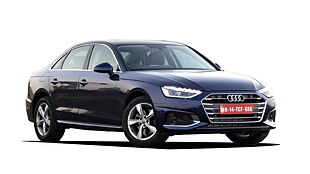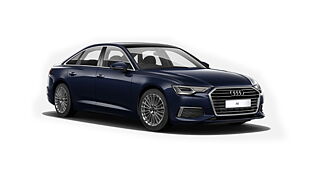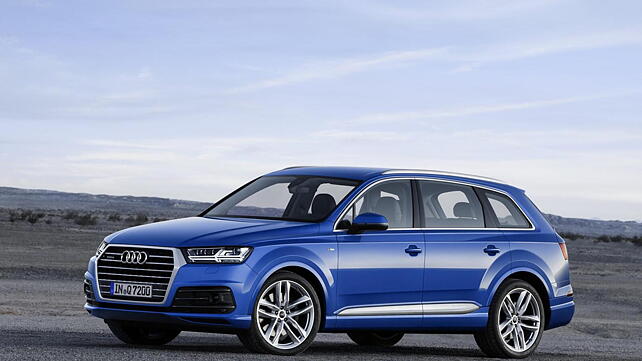
Audi has released a promotional video of the second generation Q7. The video shows the flagship SUV’s detailed shots and also the vehicle in action.
According to Audi the new Q7 will “set new standards” and it is equipped with “innovative technologies, driving assistance and infotainment systems.”The second-generation SUV in comparison to the outgoing model is lighter by about 325kg, emits about 50 gm/km less CO2 and is claimed to be 26 percent more efficient.

The 2015 Q7’s front shows Audi’s new design philosophy which now sees its cars moving away from rounded edges to sharper features. The headlights can now be configured in the form of Xenons, LEDs or matrix LED headlights. All three headlight setups might get the arrow- shaped LED daytime running lights (DRLs) while the top-spec model gets the integrated turn signals.
A look at the side profile and its similarities to the outgoing model is evident, but the roofline rakes sharply at the rear and seems like the roof has also been lowered marginally.
At the rear, the sharp theme continues complementing the overall design and even the entire mid-section below the tail lamps has been reworked. The tail pipes have been changed are now flatter and rectangular in shape.

Powering the new Q7 is a 3.0-litre TDI diesel engine in two states of tune producing 214/268bhp and 500/600Nm. Petrol power comes from a 3.0 TFSI producing 328.5bhp and 440Nm and a 2.0 TFSI churning out 248bhp and 370Nm. The most power output for the SUV comes from the e-tron Quattro plug-in hybrid model with a combined output 367bhp and 700Nm of torque. We are expecting the larger V8 powered diesel mills to follow. All these engines will be mated to an eight-speed automatic transmission and Audi is offering Quattro as standard fare across the variants.
While the Audi Q7 might go on sale in Europe and America by mid-2015, we can expect the SUV to be launched here by the end of the year. While we aren’t sure about its exact pricing, we are certain that it will be priced higher than the outgoing model and will compete with the Porsche Cayenne, Range Rover and Volvo XC90.

![Audi Q7 [2010 - 2015] Image Audi Q7 [2010 - 2015] Image](https://imgd.aeplcdn.com/272x153/cw/cars/audi/q7.jpg?q=80)
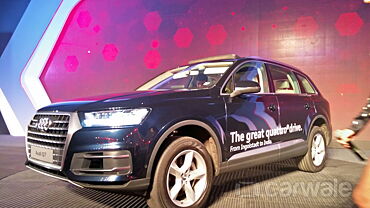




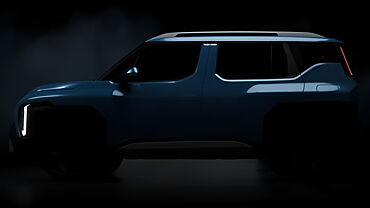


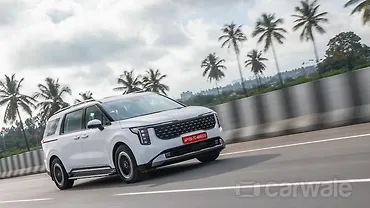






![Audi Q7 [2010 - 2015] Right Front Three Quarter Audi Q7 [2010 - 2015] Right Front Three Quarter](https://imgd.aeplcdn.com/199x112/ec/C0/A3/10825/img/m/Audi-Q7-Right-Front-Three-Quarter-48935_ol.jpg?v=201711021421&q=80)
![Audi Q7 [2010 - 2015] Right Rear Three Quarter Audi Q7 [2010 - 2015] Right Rear Three Quarter](https://imgd.aeplcdn.com/199x112/ec/C0/A3/10825/img/l/Audi-Q7-Right-Rear-Three-Quarter-18497.jpg?v=201711021421&q=80)
![Audi Q7 [2010 - 2015] Left Front Three Quarter Audi Q7 [2010 - 2015] Left Front Three Quarter](https://imgd.aeplcdn.com/199x112/ec/C0/A3/10825/img/l/Audi-Q7-Left-Front-Three-Quarter-18496.jpg?v=201711021421&q=80)
![Audi Q7 [2010 - 2015] Steering Wheel Audi Q7 [2010 - 2015] Steering Wheel](https://imgd.aeplcdn.com/199x112/ec/C0/A3/10825/img/l/Audi-Q7-Steering-Wheel-18498.jpg?v=201711021421&q=80)
![Audi Q7 [2010 - 2015] Steering Wheel Audi Q7 [2010 - 2015] Steering Wheel](https://imgd.aeplcdn.com/468x263/ec/8193/img/l/2237.jpg?v=201711021421&q=80)


























